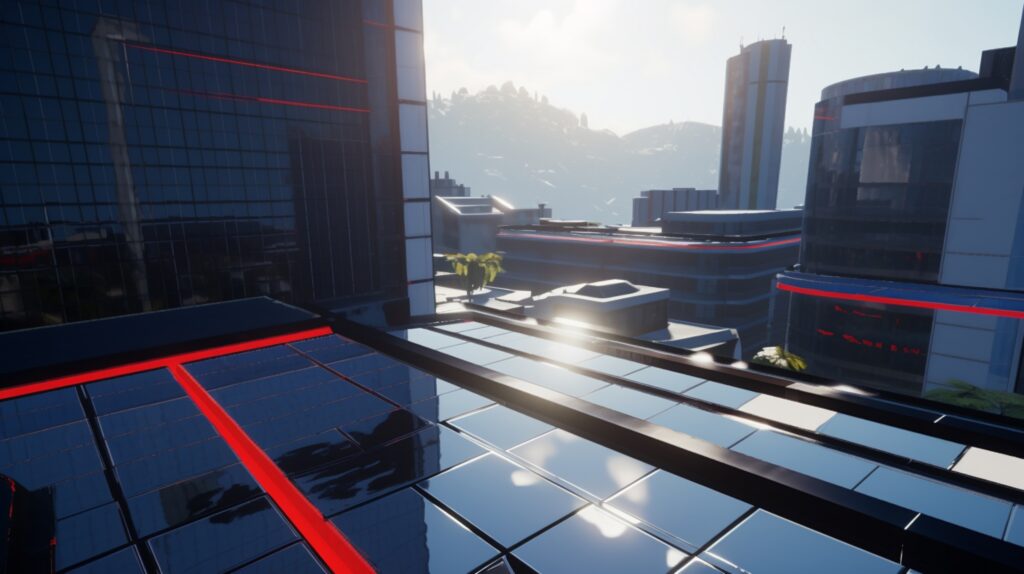The future of smart solar is a tapestry woven with innovation, sustainability, and boundless potential. As the world transitions towards cleaner and more efficient energy solutions, smart solar technology is poised to lead the way. In this article, we will explore the exciting trends and innovations that are shaping the future of smart solar, from advanced photovoltaics to intelligent energy management systems.
1. High-Efficiency Photovoltaics
The evolution of photovoltaic (PV) technology continues to drive efficiency gains. Emerging materials, such as perovskite solar cells, are promising to enhance the efficiency of solar panels, capturing more sunlight and converting it into electricity. These high-efficiency PV cells are paving the way for increased energy production from smaller, more compact solar installations.
2. Building-Integrated Solar Solutions
The future of smart solar envisions seamlessly integrated solar technology into the built environment. Building-integrated photovoltaics (BIPV) incorporate solar elements into architectural features, such as windows, facades, and roofing materials. This integration not only generates electricity but also enhances the aesthetics and functionality of structures, making sustainable design an integral part of urban landscapes.
3. Energy Storage Revolution
Energy storage solutions are transforming the way we utilize solar energy. Advanced battery technologies are becoming more accessible and cost-effective, enabling solar systems to store excess energy for use during cloudy days or peak demand hours. This energy storage revolution enhances grid stability, supports off-grid applications, and maximizes the value of solar installations.
4. Smart Grid Integration
The synergy between smart solar technology and intelligent grid systems is a cornerstone of the future energy landscape. Smart grids enable seamless communication between energy producers, consumers, and distributors. This integration empowers energy optimization, load balancing, and even the buying and selling of surplus energy among users, fostering a decentralized and resilient energy ecosystem.
5. Internet of Things (IoT) Connectivity
The Internet of Things is unlocking new possibilities for smart solar systems. IoT-enabled sensors and devices allow for real-time monitoring, data collection, and remote management of solar installations. This connectivity enhances system performance, facilitates predictive maintenance, and empowers users to make informed decisions about energy consumption.
6. Artificial Intelligence (AI) Optimization
Artificial intelligence is revolutionizing how we optimize and manage solar energy systems. AI algorithms analyze vast amounts of data to predict energy production, consumption patterns, and even weather conditions. This predictive capability enables intelligent energy management, ensuring that solar energy is harnessed at its optimal efficiency.
Conclusion
The future of smart solar is a symphony of innovation, sustainability, and progress. With high-efficiency photovoltaics, building-integrated solutions, energy storage advancements, smart grid integration, IoT connectivity, and AI optimization, smart solar technology is propelling us towards a cleaner and more efficient energy future. As these trends and innovations continue to unfold, the sun’s energy will illuminate a path to a brighter and more sustainable world for generations to come.
“The future of smart solar is a canvas where technology, sustainability, and imagination create a masterpiece of clean energy possibilities.”
Be Smart, Be Solar, Be BrightEra!!.
Send us your information https://bit.ly/BeBrightEraEnergy

